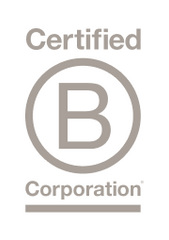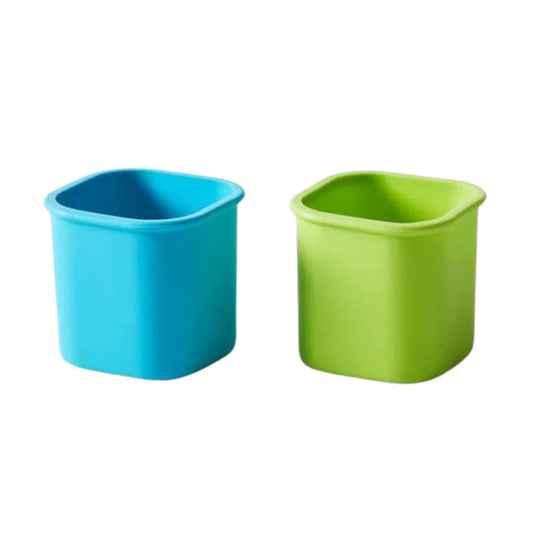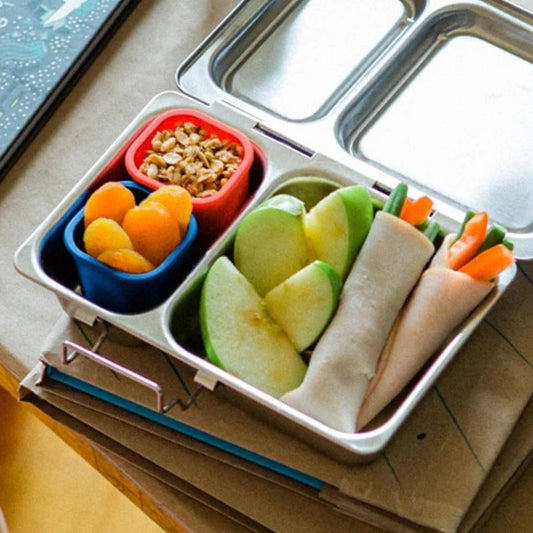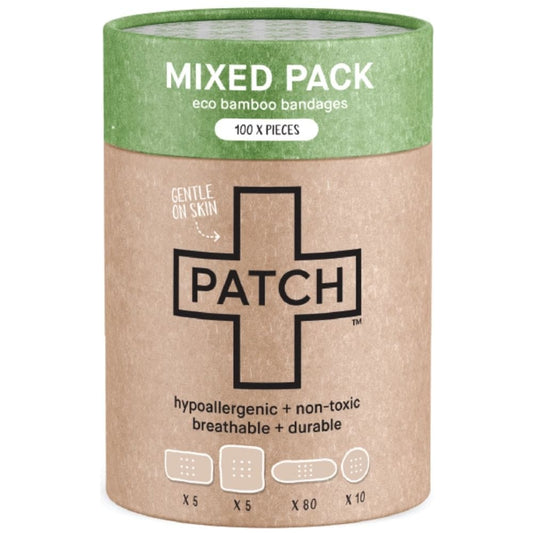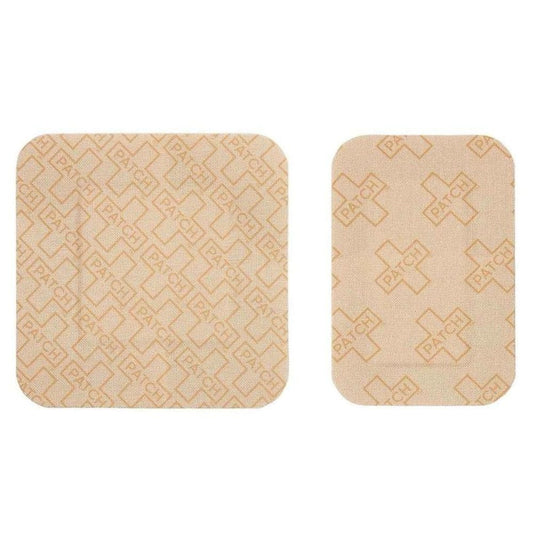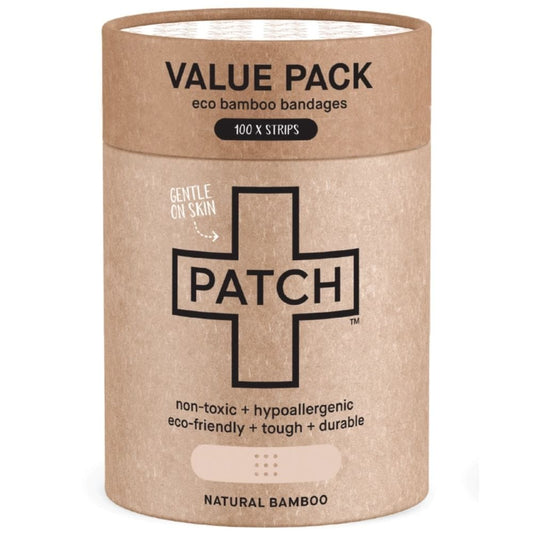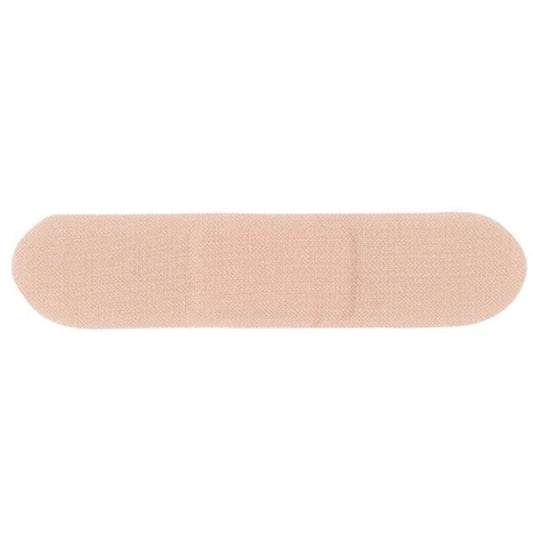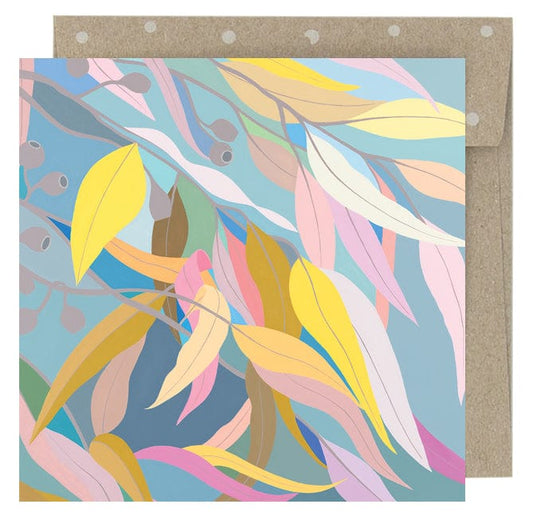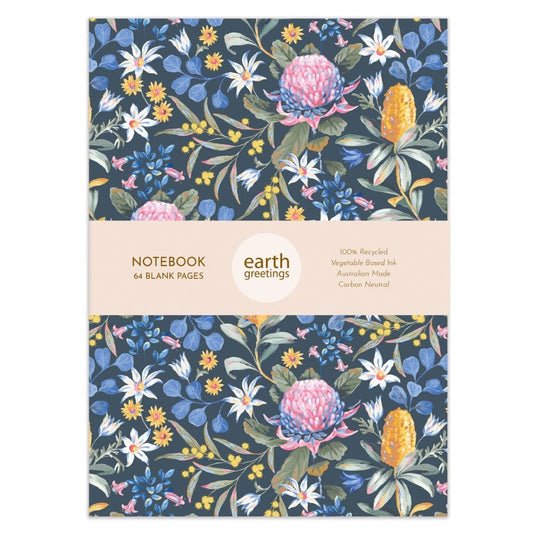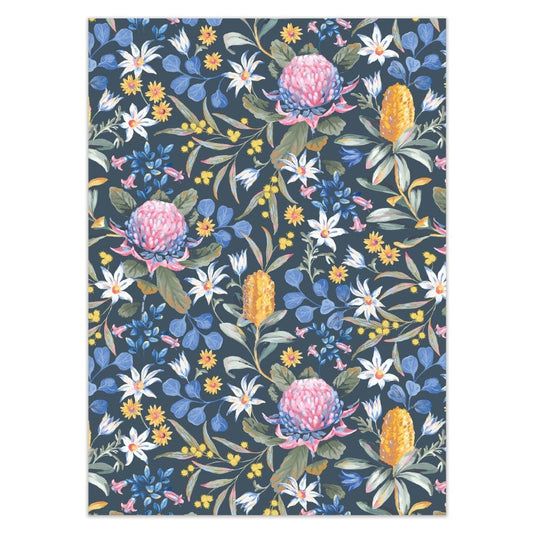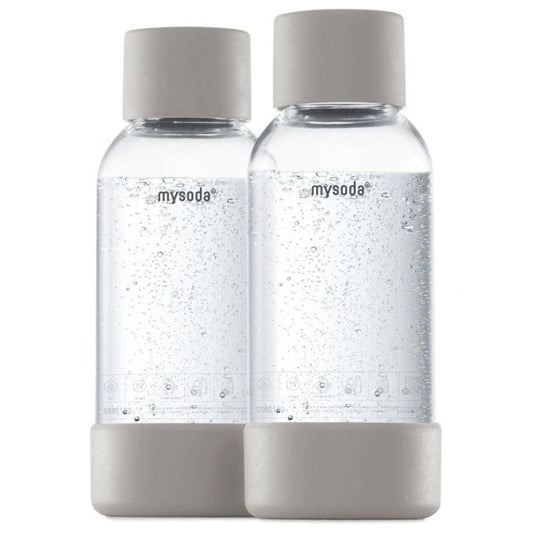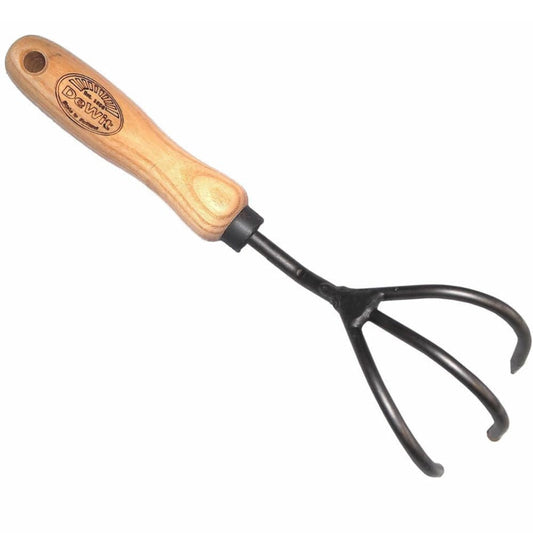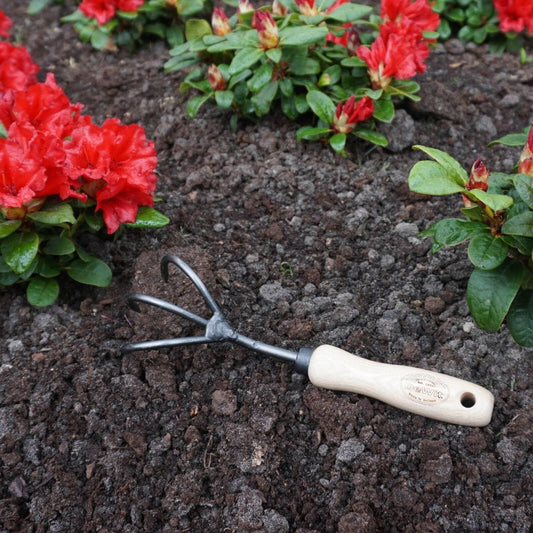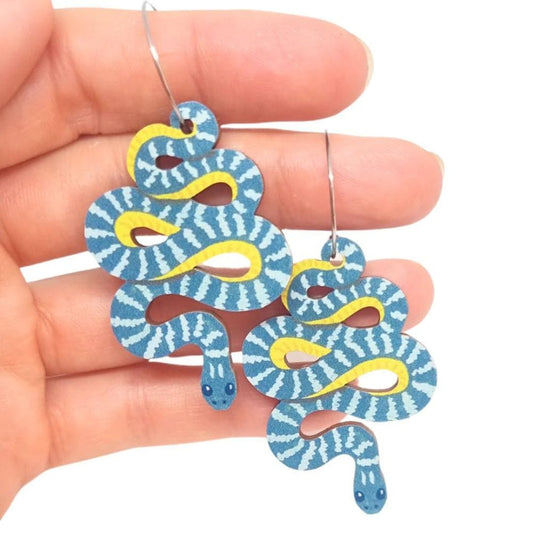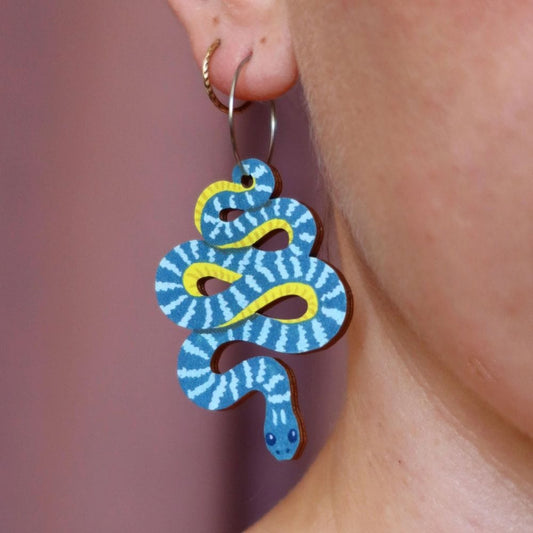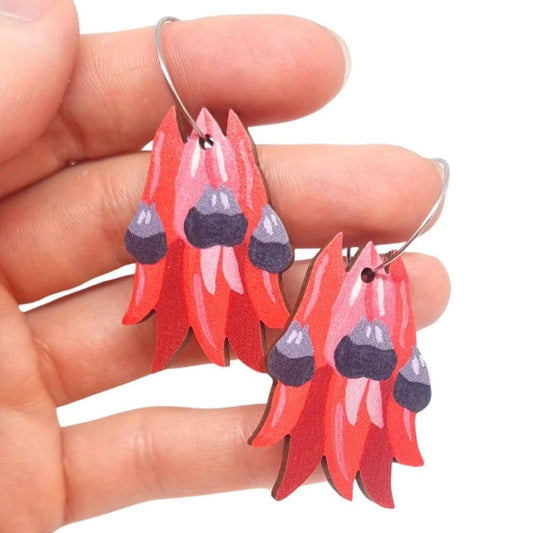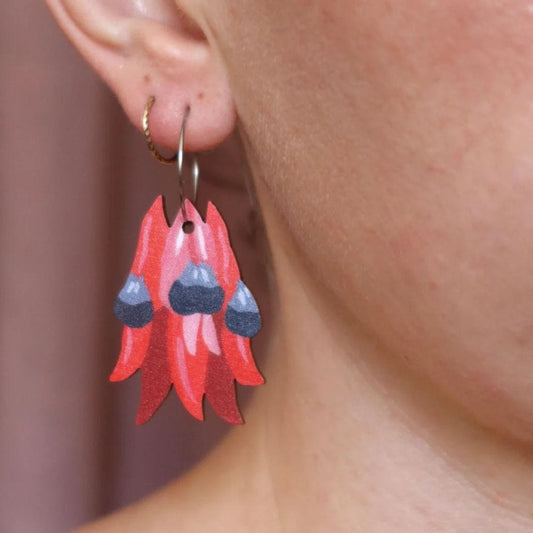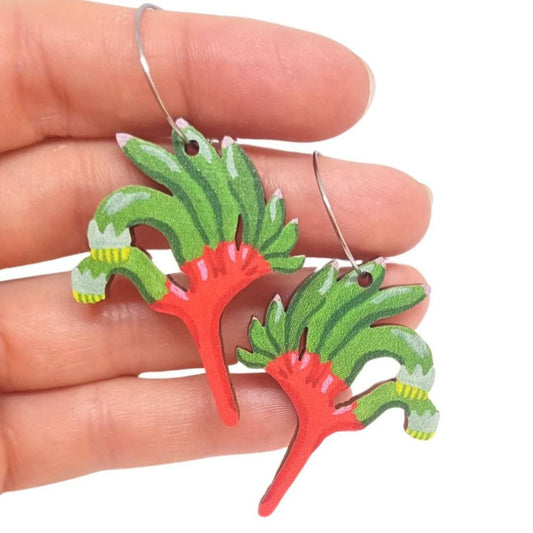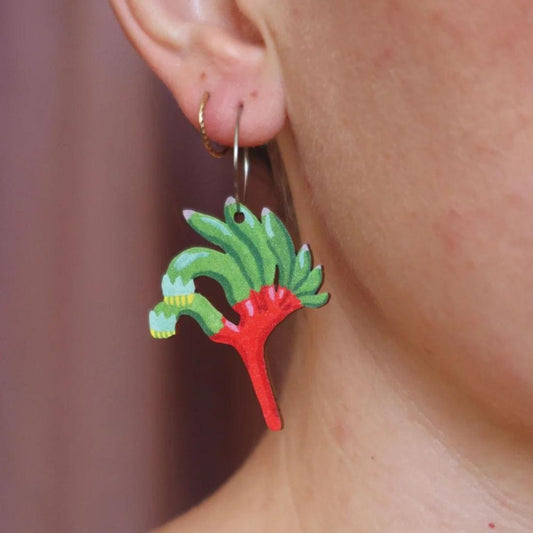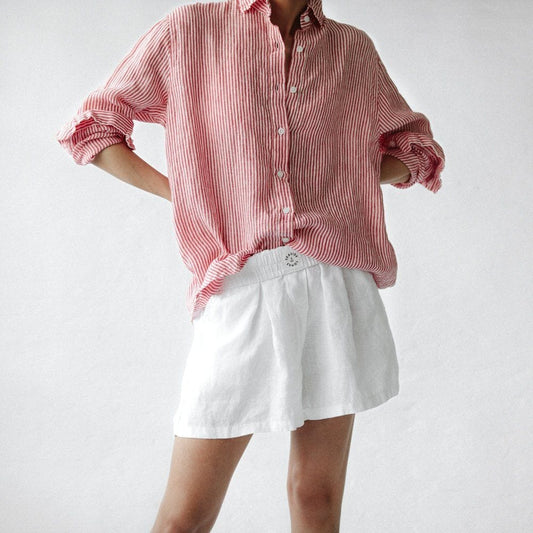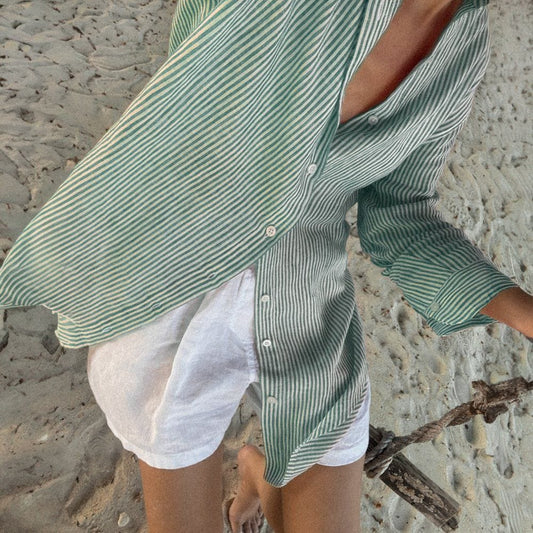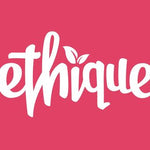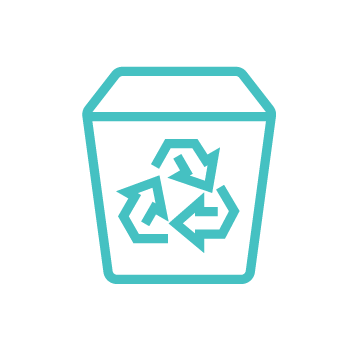Swap Pink Himalayan Salt for Murray River Salt Flakes
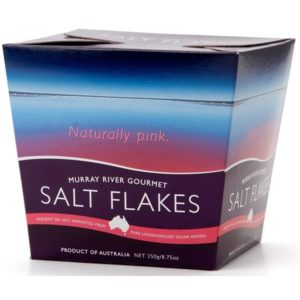 What's wrong with Himalayan salt? Unlike what the name implies, Himalayan rock salt is not from the Himalayas, but has been mined, using conventional, disruptive mining methods from the Khewra salt mine in Pakistan. It is also a non-renewable, finite resource that has travelled a long way, with high carbon emissions, to reach us here in Australia. Why swap to Murray River Gourmet Salt Flakes? By making the switch, you will actually be helping our environment! Murray River Salt contributes to protecting the environment from the detrimental effects of salinity. Unlike Himalayan rock salt, it is not mined, and it is a renewable resource. Murray River gourmet salt flakes are also an Australian product, and have therefore travelled much fewer food miles to reach you. These pink hued salt flakes are produced using the pristine mineralised brines from saline aquifers of the Australian Murray-Darling basin. Like Himalayan rock salt, it is pale pink in colour because of its mineral content. Murray River gourmet salt flakes are particularly high in magnesium, calcium and to a lesser degree, potassium and iodine. The quality and delicious, light flavour of the salt flakes is, in our opinion, better than Himalayan rock salt. The natural crystallisation also means the salt dissolves quickly on the tongue, enhancing its flavour. SHOP Murray River gourmet salt flakes here >
What's wrong with Himalayan salt? Unlike what the name implies, Himalayan rock salt is not from the Himalayas, but has been mined, using conventional, disruptive mining methods from the Khewra salt mine in Pakistan. It is also a non-renewable, finite resource that has travelled a long way, with high carbon emissions, to reach us here in Australia. Why swap to Murray River Gourmet Salt Flakes? By making the switch, you will actually be helping our environment! Murray River Salt contributes to protecting the environment from the detrimental effects of salinity. Unlike Himalayan rock salt, it is not mined, and it is a renewable resource. Murray River gourmet salt flakes are also an Australian product, and have therefore travelled much fewer food miles to reach you. These pink hued salt flakes are produced using the pristine mineralised brines from saline aquifers of the Australian Murray-Darling basin. Like Himalayan rock salt, it is pale pink in colour because of its mineral content. Murray River gourmet salt flakes are particularly high in magnesium, calcium and to a lesser degree, potassium and iodine. The quality and delicious, light flavour of the salt flakes is, in our opinion, better than Himalayan rock salt. The natural crystallisation also means the salt dissolves quickly on the tongue, enhancing its flavour. SHOP Murray River gourmet salt flakes here >
Swap Supermarket Honey for Bee One Third Raw Neighbourhood Honey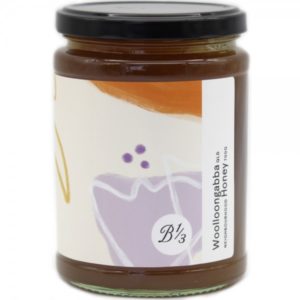
What's wrong with supermarket honey? It was revealed in 2018 that almost half the honey available in Australian supermarkets was adulterated, meaning it had been mixed with something other than nectar from bees, despite it being promoted as 100% pure honey. Much of it is also imported from other countries, such as China. This included top brands like Capilano and others available from Coles, Woolworths, ALDI and IGA. Why swap to Bee One Third Neighbourhood Honey? Bee One Third Neighbourhood Honey uses age old beekeeping techniques to derive pure, unaduletrated honey from some of Australia's most unique locations. With 150 beehives under their stewardship across the East coast of Australia, Bee One Third Neighbourhood Honey, strives to promote the well-being of all pollinators.
Bee One Third Neighbourhood Honey is produced and harvested from rooftop beehives in Brisbane's inner-city and other areas around the east coast of Australia. Experienced apiarists use traditional methods to re-home wild colonies of bees into a hive and install them on rooftops, where they are free to forage though the local parks and gardens in search of the perfect pollens and nectars. In turn, they provide natural pollination in an urban environment where bees are increasingly absent.
Each jar is beautifully crafted, single origin, raw and seasonal, and offers a taste of the local floral diversity that can never be repeated. Neighbourhood honey is unheated and unprocessed, maintaining its optimal flavour and nutritional characteristics. SHOP Bee One Third Neighbourhood Honey here >Swap Imported Castile Soap for Biome's Liquid Castile Soap
 What's wrong with imported castile soap? A pure, traditional castile soap is made using saponified olive oil only (named castile as it was originally made from olives grown in the Castile region of Spain). Many of the castile soaps on the market combine coconut oil, palm oil, olive oil and even water. 100% olive oil castile is more thick, silky and concentrated compared with these thin liquid soaps, so a little goes much further too. The ingredients, such as palm oil, are grown all around the world in Indonesia, Malaysia and Africa, then shipped to the USA for manufacturing, and then shipped to Australia as liquid soap. The manufacturing miles are therefore huge compared with castile soap made in Australia from olives grown in Australia. Many of those international liquid soaps are also packaged in plastic. Why swap to Biome's pure liquid castile soap? Biome's own pure liquid castile soap is made in Australia using saponified olive oil, from olives grown right here in Australia! It is packaged in glass, in a reusable and recyclable bottle. Great! And even better, if you are located near one of our Biome stores, you can REFILL your castile soap in store, helping you to reduce waste and resources. Biome's pure liquid castile soap is best for DIY DIY skin care and DIY cleaning recipes, or can simply be used on its own. SHOP Biome's Pure Liquid Castile Soap Here >
What's wrong with imported castile soap? A pure, traditional castile soap is made using saponified olive oil only (named castile as it was originally made from olives grown in the Castile region of Spain). Many of the castile soaps on the market combine coconut oil, palm oil, olive oil and even water. 100% olive oil castile is more thick, silky and concentrated compared with these thin liquid soaps, so a little goes much further too. The ingredients, such as palm oil, are grown all around the world in Indonesia, Malaysia and Africa, then shipped to the USA for manufacturing, and then shipped to Australia as liquid soap. The manufacturing miles are therefore huge compared with castile soap made in Australia from olives grown in Australia. Many of those international liquid soaps are also packaged in plastic. Why swap to Biome's pure liquid castile soap? Biome's own pure liquid castile soap is made in Australia using saponified olive oil, from olives grown right here in Australia! It is packaged in glass, in a reusable and recyclable bottle. Great! And even better, if you are located near one of our Biome stores, you can REFILL your castile soap in store, helping you to reduce waste and resources. Biome's pure liquid castile soap is best for DIY DIY skin care and DIY cleaning recipes, or can simply be used on its own. SHOP Biome's Pure Liquid Castile Soap Here >
Other Aussie Swaps
You can find more of our favourite Aussie made and produced products here > From gorgeous Australian beeswax candles, salvaged camphor laurel cutting boards to wild harvested Australian tamanu oil, there is a high performing Aussie swap for everyone!Further reading https://www.1millionwomen.com.au/blog/6-reasons-end-your-love-affair-himalayan-rock-salt/ https://www.abc.net.au/news/2018-09-03/capilano-and-supermarkets-accused-of-selling-fake-honey/10187628
